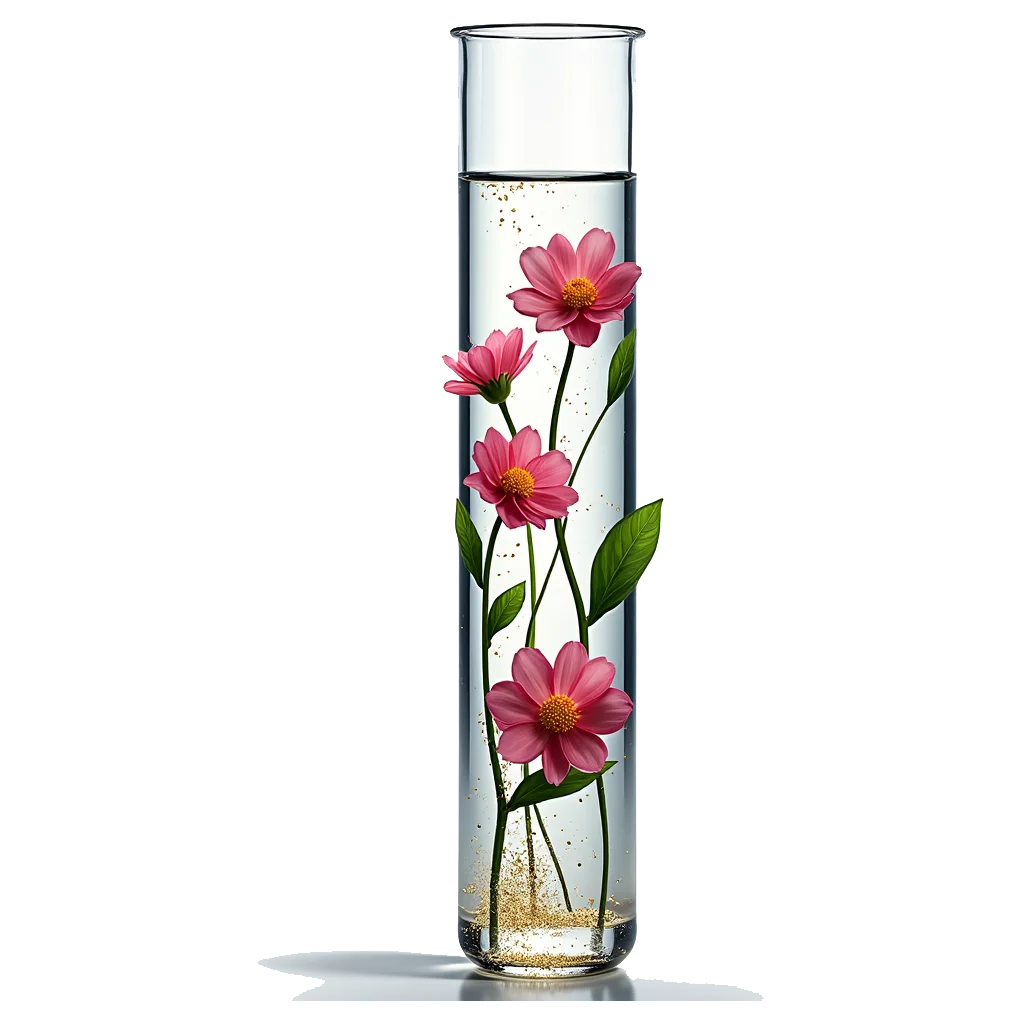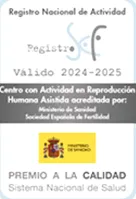Fertility
Preservation
What is the
fertility preservation?
Preservation of female fertility: oocyte vitrification
In women, fertility declines starting at age 35; thanks to fertility preservation, women can decide when to become mothers with guarantees.
Vitrification involves an ultra-rapid freezing of oocytes at -196ºC in liquid nitrogen, instead of using a traditional freezing method, with the aim of preventing damage to the eggs and preserving their properties intact.
Male fertility preservation: semen freezing
In the case of men, the technique used for fertility preservation is Cryopreservation or Sperm Freezing. Cryopreserving semen will allow you to become a father with guarantees in the future and at the time you consider appropriate.
The technique involves preserving a sperm sample so that you can use it whenever you wish to become a father. The semen sample is preserved for long periods of time.

Ovarian stimulation
In the natural process of a woman’s menstrual cycle, women produce only one oocyte (egg) per month. By administering medication, what we aim to do in this first phase of In Vitro Fertilisation is to stimulate the ovary and induce the production of more oocytes.
If the creation of many oocytes is achieved, the possibility of gestation is greater as more embryos can be obtained. We monitor the evolution of this process through regular ultrasound checks, and sometimes blood tests.

Follicular puncture
When transvaginal ultrasound shows that the follicles are of adequate size to have produced a mature oocyte, follicular puncture is scheduled. A hormone is also administered to induce oocyte maturation in a similar way to the natural cycle.
Approximately 36 hours will have to pass between the medication and the puncture. The puncture is performed in the operating theatre, under sedation so that the woman does not feel any discomfort, and consists of extracting the mature oocytes, a process that lasts approximately 10-15 minutes.

Oocyte vitrification
Once the oocytes are extracted, they are prepared in the laboratory for the Vitrification process. During the Vitrification process, the oocytes are treated with protective media and placed in special supports for storage. The crucial phase of Vitrification is when the oocytes, which are initially at 22ºC, are immersed in liquid nitrogen, which is at -196ºC. The oocytes are rapidly cooled, preventing the formation of ice crystals that could damage them.
The process has thorough and strict control, maintaining traceability of the samples at all times. The vitrified oocytes will be stored in the tanks of the Clínicas Eva laboratory until the patient wishes to become a mother.

Sample collection
The first step is to provide a sample of your semen. The only instruction before delivering the sample is to maintain 3 or 4 days of sexual abstinence.

Sample analysis
The sample is analysed in the laboratory and assessed for whether it meets the required quality to be frozen.

Cripreservación de la muestra
Una vez se certifica que la muestra de semen es válida y de calidad, ésta se somete a un proceso de enfriamiento progresivo hasta ser llevada a una temperatura de -196°C. Se congela con vapores de nitrógeno líquido en un medio crioprotector, de esta manera se garantiza la viabilidad de los espermatozoides una vez descongelados. Las muestras crioconservadas se almacenan perfectamente identificadas hasta el momento que se requieran.
How long does the
preservation?
The IVF treatment lasts approximately 30 days, the time may vary depending on the stage of the cycle each woman is in and their synchronisation. Additionally, prior to the treatment, tests will be conducted to make the treatment as personalised as possible. These tests are focused on achieving the couple’s dream, so the final duration may vary depending on each patient’s situation.
When to resort to the
fertility preservation?
In cases of lesbian couples seeking pregnancy, both members of the couple are a fundamental part of achieving the dream.
Woman
Women who want to delay motherhood
Any woman who wants to delay her motherhood for professional or personal reasons.
Oncological patients
Oncological patients who are going to receive radiotherapy or chemotherapy treatments, which can cause irreversible damage to the eggs. Thanks to the egg freezing treatment – egg vitrification – the woman can vitrify her gametes, thus having the opportunity to become pregnant once the disease is overcome, always under the supervision and with the consent of the oncologist.
Women at risk of premature ovarian failure
Patients at risk of premature ovarian failure who do not want their fertility to decline over time.
Man
Harmful treatments for fertility
Men who are going to undergo treatments that may damage their fertility, such as those who are going to start oncological treatment with chemotherapy or radiotherapy.
Performing surgeries harmful to fertility
Men who are going to undergo testicle or prostate surgery.
Vasectomy
Patients who are going to undergo a vasectomy.
Patients with severe oligospermia
Patients with severe oligospermia (semen with a low sperm count) who progress to azoospermia (absence of sperm in the semen).
In Vitro Fertilisation Treatments
Although the couple plans to use a fresh semen sample for In Vitro Fertilisation, it is advisable to cryopreserve a sample for added peace of mind, and to use it in case a sample cannot be extracted on the day of fertilisation. It is also advisable to ensure that the sample to be used on the day of insemination is of good quality.
Men who perform high-risk occupations
Men who perform high-risk occupations and whose reproductive capacity may be affected.

PLAN EVA
FINANCE YOUR PREGNANCY AT 100%
We know that every treatment involves an emotional and financial cost. That’s why we finance your pregnancy interest-free.

